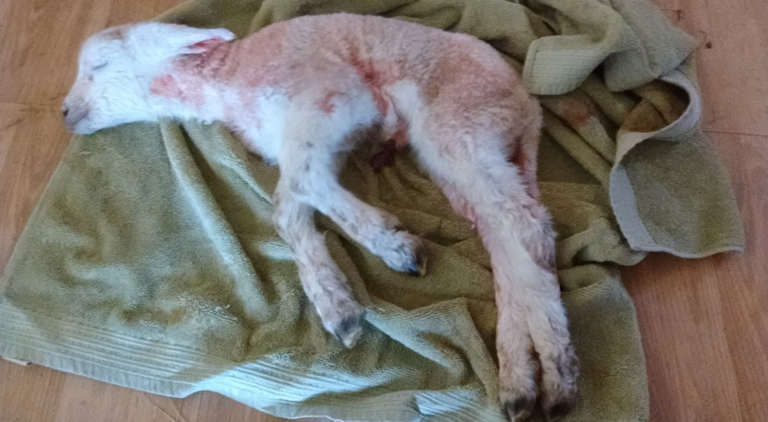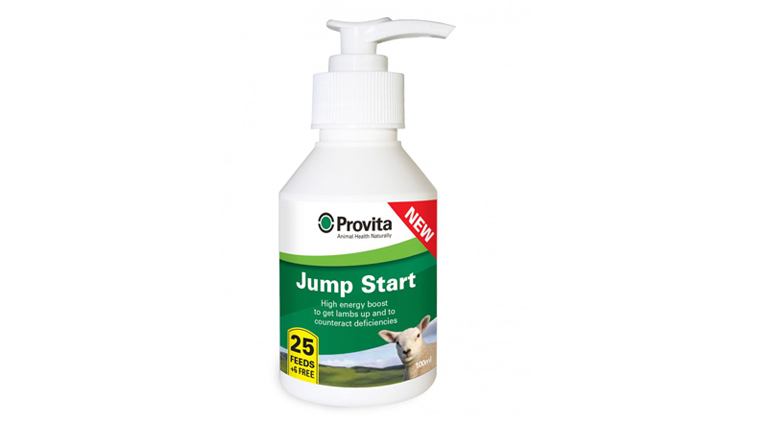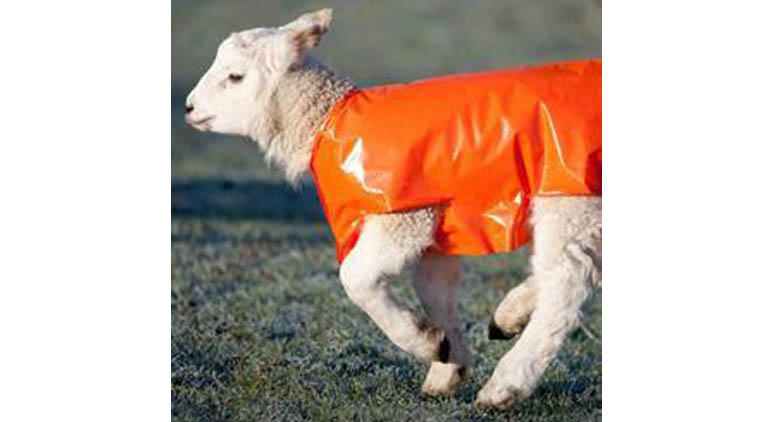
It's all lambs, lambs, lambs
In parts of the country this week, you won’t pass a mile of road without seeing fields of lambs. Newborns still wobbly on their legs; stronger ones risking their first playful skips; and some older lambs that were born in a shed in the depths of winter, now grazing with the wisdom of maturity.
Although this site is enough to make us pine for warmer days, the weather seems reluctant to acknowledge the arrival of spring. Wind still sweeps in from the Atlantic, bringing with it clouds heavy with rain. Last week, this fell as snow in parts of the country, especially on high ground.
Such conditions can make the first few days of life difficult. Lambs born in the wet and the cold are at severe risk of hypothermia. We’ve encountered a couple of cases on our farm so far. And though most farmers are well used to losing an occasional lamb to the cold, there are few worse ways for the poor little creatures to die, and few things more heartbreaking to witness.
Here at Agridirect, we want to make sure that farmers lose as few lambs as possible this spring. So to help you win the ongoing fight against hypothermia, we’ve put together this short guide to help you along.
What is hypothermia?
If you’ve spent time around sheep, you’re familiar with hypothermia. Put simply, it occurs when the body lacks the energy to keep itself warm. The word comes from two Ancient Greek words: hypo, meaning “under”; and therma, meaning “heat”. Newborn lambs are notoriously susceptible to hypothermia. Small lambs, and lambs that experience difficult births, are especially vulnerable.
Hypothermia is inevitable in lambs that have not received adequate colostrum, because they lack the energy stores to maintain their body heat. Lambs are born with a store of brown fat around the heart and kidneys. This is their only source of energy during their first hours, and they use it up quickly. If they don't get colostrum within those hours, their bodies will be deprived of energy and heat. Hypothermia will ensue.
Obviously, cold and wet weather conditions compound this problem.
Symptoms of hypothermia
You need to have a sharp eye to recognize the symptoms of early onset hypothermia. The way a lamb stands is a tell tale sign. If it is standing with a hunched back, this may be significant.
Always look at the lamb’s flanks. Hollowed out flanks are an indicator that the animal hasn’t sucked, and this should set off alarm bells. Among the other signs to look out for are dehydration, weakness, constant bleating, and a poor swallow reflex.
If left untreated at this stage, the lamb’s condition will deteriorate quickly. If you find one lying on its side and unresponsive, you have a severe case of hypothermia. Death is not inevitable at this point, but it is likely.
Treatment
When you find a newborn lamb that is too weak to suckle, you should use a stomach tube to get colostrum into them. Monitor carefully thereafter.
If a lamb has already contracted hypothermia, you should put it under an infrared light to dry it off and get its body temperature back up. You need to be careful when using these, though, as they can overheat the lamb. Once the lamb’s temperature has recovered sufficiently, administer colostrum with a stomach tube.
When a lamb reaches the point where it begins to stretch its neck across its back, it is at risk of suffering permanent brain damage. It may be too weak for the stomach tube. At this point, you should probably call a vet.
If the lamb is more than 5 hours old, the vet may deliver an IP (intraperitoneal) shot of warm glucose. This is an injection administered 2.5 cm on either side of the navel. It will provide a quick energy boost. If the lamb perks up after this shot, you can try the stomach tube again.
Prevention
Here is the unfortunate truth, folks. Even in the best managed flocks, there is no guarantee that an occasional lamb won’t develop hypothermia. It’s just inevitable. And let’s not forget, we can’t control the weather.
However, there are steps you can take to prevent it becoming a widespread issue.
First of all, make sure that your ewes enjoy a good and balanced diet during pregnancy. To guarantee ewe health during the later weeks of pregnancy, we recommend leaving a bucket of Lifeline Lamb and Ewe with your flock. You may also want to administer boluses to any sheep you think might be deficient in key vitamins and minerals. Ewes that have adequate nutrition during pregnancy will deliver stronger, healthier lambs. The healthier and stronger the lamb is at birth, the better its chances of getting that first crucial suck.
When weaker lambs are born, you should give them a supplement such as Provita Jump Start, which is specially designed to give them an additional energy boost.
In addition, consider the health of your breeding flock. You should always cull older ewes, those that produce very little milk, and those with poor maternal instinct.
Going in a slightly different direction, we would also recommend using lamb macs to keep outdoor lambs warm during the first, vulnerable days of life. Rain looks set to continue to wash over the country, and there is talk of more snow showers over the weekend. None of us should be outside without a raincoat in such conditions, lambs included!
Signing off
So that’s it from the animal medicine corner for this week. Have you encountered any cases of hypothermia yet? If so, how did you treat it. Here at Agridirect, we want to provide a platform for farmers to share their knowledge about the best animal treatments.
So until next week, take care and have a very Happy Easter.
MPG













